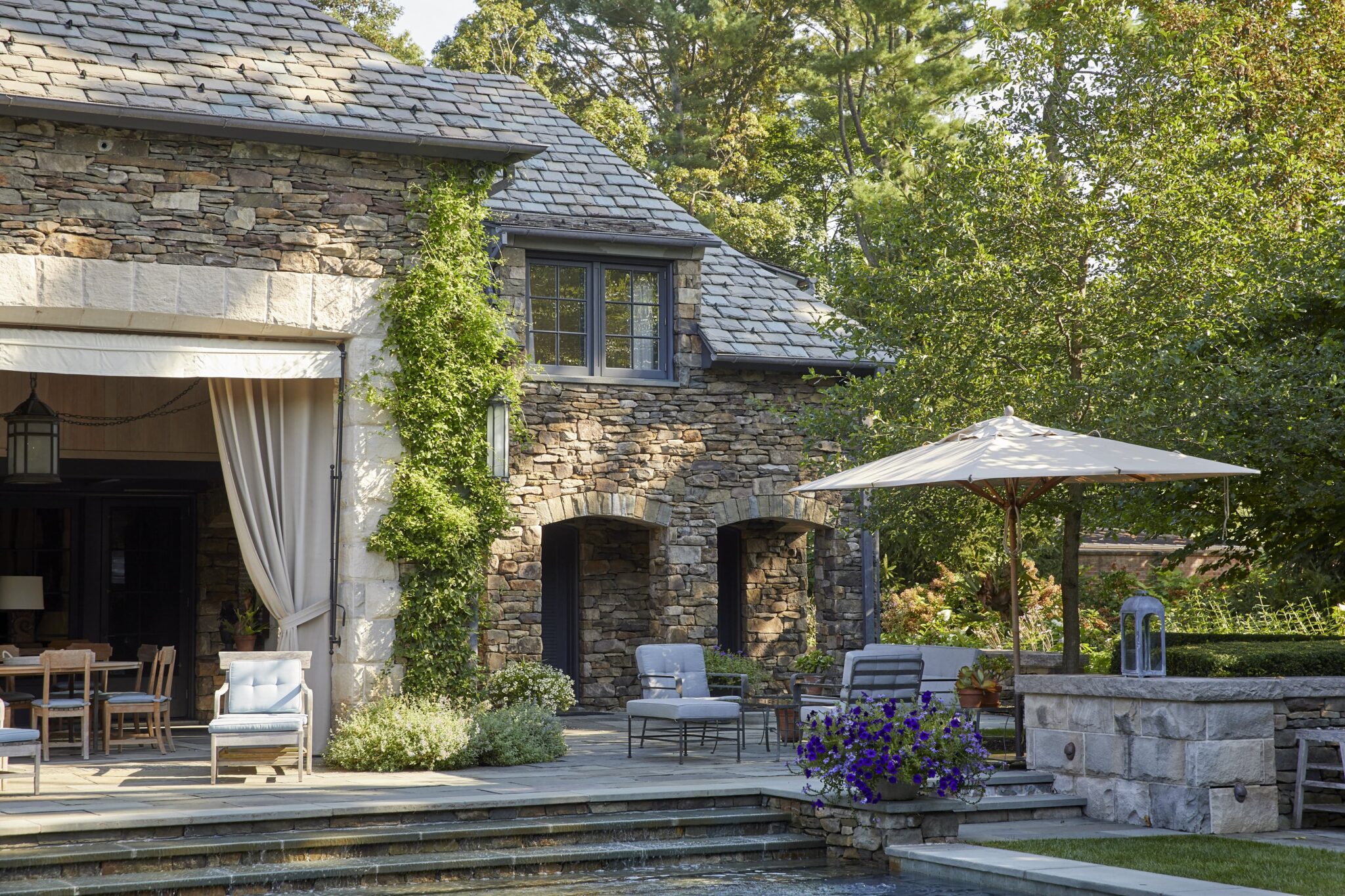By Albert J. Betesh, Partner, Cicognani Kalla PLLC, New York, NY

When my wife and I decided to move our growing family from our Manhattan apartment to a new home, we were immediately drawn to Westchester County, New York, not only for the proximity and easy commute to the city, but also for the vintage of the housing stock. Westchester boasts a plethora of beautiful centennial homes, and we knew immediately that this what we wanted- we wanted to live in a century old house.

For some, just the word “old” immediately conjures thoughts of a money pit or getting in over your head. Be that as it may, all we knew was that every post-war house we visited felt like it had no soul. This sentiment is nothing new. As a home buyer, as well as an architect specializing in residential architecture, I was curious as to why we were so attracted to older homes or were we alone in our feelings?
The experience of looking for a historical New England style house exposed a bit of a professional paradox. If society favors the old, what does that mean for an architect designing a brand-new house? Surely, any attempt to replicate an old house feels contrived. What, then, are the lessons, if any, to be learned from old houses?
Old houses have both tangible and intangible characteristics. Let’s start by analyzing the physical characteristics of a turn of the century house.


Old houses were most likely built from local stone or lumber, and in many cases, sourced on the same grounds on which the house was built. Such materials carry the mark of geological eras: the unique veining of a marble slab, the warmth color of handmade bricks, the iridescence of slate shingles. The lumber was almost uniquely sourced from old growth trees, hundreds of years old, which has a character and richness in texture unmatched by any younger specimen, which are industry standard today. The natural materials employed at the time would be able, with the correct maintenance, to weather and grow old while retaining function.
New synthetic materials, while cheaper and highly performative, do not have the same capacity to age. That is because most natural materials over the course of their lifetime develop a patina. It is the degradation of matter, the oxidation of a noble metal in the brass knob, the worn used surface of a marble counter, the silvery finish of wood exposed to the weather. The patina protects the elements but modifies their appearance over time, in ever changing patterns and tones, giving them new life as they age. Commercial construction materials now do not degrade or are equipped with factors and chemicals that inhibit the development of patina, so apparently, they never age, until they are irremediably damaged and need to be replaced. In nature all things slowly degrade, nothing lasts forever in its current form. Perhaps we recognize something human in the way old buildings age.
Aside from the rich quality of the building materials, the techniques employed at the time would add distinctive flavors to the assembly. When all elements were installed and came together, it was all done by hand. Handmade things are imperfect by nature, but that is what makes them unique and gives them character. The artisan’s touch is always perceivable, rather than the fidelity of machine-like precision which creates perfect countless replicas indistinguishable from one another.
In addition, the design of the spaces in of prewar houses is usually characterized by smaller rooms, each with specific functions and traits, which speak of a different time, where social life was more formal, yet the time spent in the house was slower and more plentiful. Often more generations lived in a house, gathering around a fireplace or a kitchen table for in different activities. The spaces are at times modest but at the same time rich with architectural details, showcasing moldings, trims, paneling and sometimes wallpaper and fabric, which would confer stature but also warmth to the different rooms.

The exterior, often articulated in vernacular style, is never flat: windows with stained glass, bay windows with copper roofing, columns, eaves, and dormers of all types reveal a profound attention to details and quality of execution. It was a time where the building trade was considered an art form, when everything was custom built, and each trade would leave its own signature mark.
As far as the intangible qualities, there is certainly something poetic about the history of a place or the notion that buildings have a life of their own which predates their current owners. When one thinks about a house in that sense, we become more stewards, rather than masters, and a symbiotic relationship begins to develop whereby we maintain our home and in exchange our home provides protection, shelter, and the stage upon which we live our lives, to then be passed on to the next generation. Very few buildings can stand the physical test of time, so it stands to reason that houses which are a century old or more are both very well built and very well cared for, which makes them very special places.
More specifically, when one enters an old house, one can feel how the spaces were lived in for generations before us, how each room evolved through time and each inhabitant made their own distinctive mark, modifying the original structure to accommodate new needs and changing taste. In an old house history manifests itself in an organic layering of mutations, additions and juxtapositions. Over time, each steward adds their own touch, their own flourishes and the overall effect is eclectic, sometimes eccentric, but always rich and unique.
Just like a century old tree, a prewar house becomes more precious with the slow passage of time, which is a process that is impossible to replicate.
So as an architect, how do I approach building a new house that can compare to these rare beauties?
Based on the lessons drawn from century old houses, new construction should favor high quality local materials that can develop a beautiful patina over time. We should not only think about what things will look like when they are built, but also decades down the line. We should favor things that are made by hand, by skilled artisans and craftsmen. We should strive to design spaces on a more intimate scale, proportioned on the human body and we should imbue those spaces with a richness in architectural detail and materiality. Above all, new construction should be well-executed and well-built that will at least give the possibility of longevity.
Possibly the premise is that no new house will possess the charm of a century old house. However, if we employ a few of the above lessons we may be able to ensure that these new houses will at least last until they themselves become old houses and perhaps earn that sought after moniker of being timeless.



